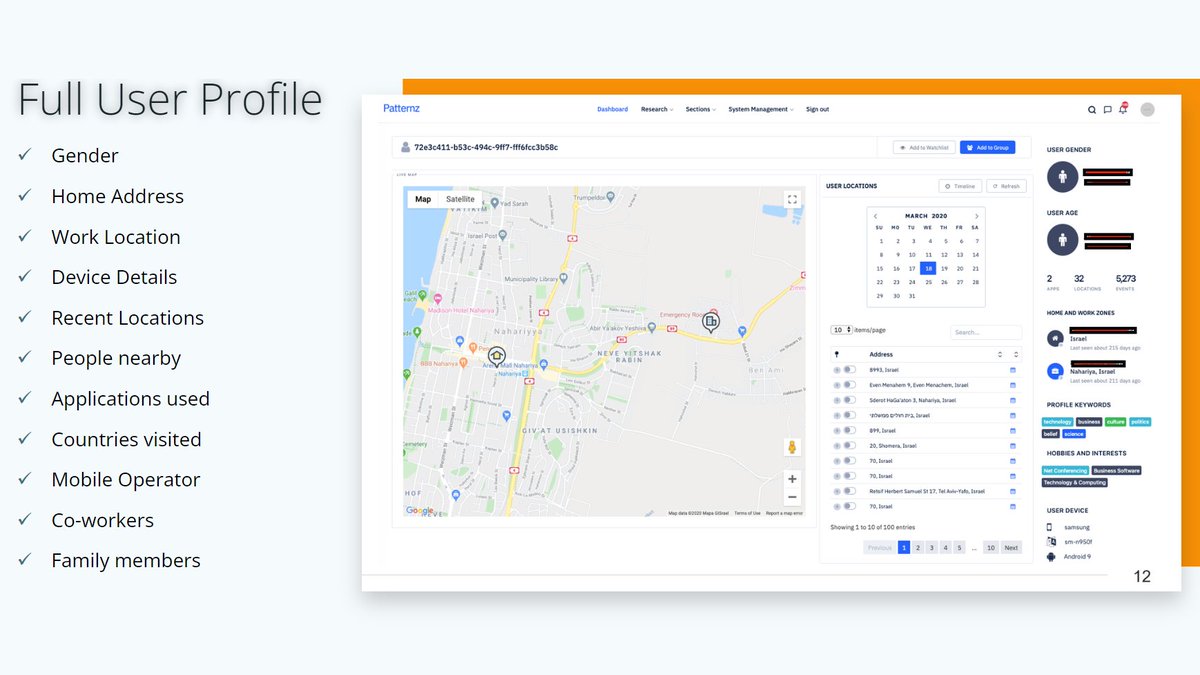We observed that a Sky Bet gambling site transmitted extensive personal data on gambling activities to FB, Google, Microsoft, Adobe and to the TransUnion subsidiaries Signal and Iovation.
When asked about it under the GDPR, they mostly failed to disclose what data they process.
When asked about it under the GDPR, they mostly failed to disclose what data they process.
https://twitter.com/WolfieChristl/status/1486674620396847105
For example, when a user deposited cash at Sky Bet, the website immediately informed FB, Google, Microsoft, Adobe, MediaMath and Signal (TransUnion) about the exact amount deposited.
Several third-party data companies including Google and FB received data on almost every click.
Several third-party data companies including Google and FB received data on almost every click.
In total, we observed 2,154 data transmissions to 44 third-party companies during only 37 visits to Sky Bet gambling sites.
The TransUnion subsidiary Signal created an extensive digital profile about a person who was a heavy Sky Bet user and lost a lot.
The TransUnion subsidiary Signal created an extensive digital profile about a person who was a heavy Sky Bet user and lost a lot.
https://twitter.com/WolfieChristl/status/1486671182640336899
The gambling industry has long been exploiting data on players - the games played, times, frequencies, amounts spent, won and lost - to influence their behavior, get them to spend more, make them return more often, and maximize profit.
A brief history:
A brief history:
https://twitter.com/WolfieChristl/status/1486817408019017732
We analyzed 186 Signal profile attributes including customer value scores, promo influence scores or predictions about how much more a player might be able to spend.
Did they use those to influence players or make decisions? We still don't know.
See p37: cdn.sanity.io/files/btrsclf0…

Did they use those to influence players or make decisions? We still don't know.
See p37: cdn.sanity.io/files/btrsclf0…


Did FB, Google or Microsoft use the data we observed them to receive to profile or target gamblers? Did Sky Bet or others make use of the data sent to those companies in any way?
We don't know.
Without technical testing, we wouldn't even know that they received personal data.
We don't know.
Without technical testing, we wouldn't even know that they received personal data.
These are some of the results of a massive investigation into data flows in online gambling. I worked on it together with @RaviNa1k's data rights agency AWO, commissioned by @cleanupgambling.
Here's the full report, an exec summary and a technical report:
crackedlabs.org/en/gambling-da…
Here's the full report, an exec summary and a technical report:
crackedlabs.org/en/gambling-da…
@RaviNa1k @cleanupgambling Methodology:
1) We analyzed how companies responded to GDPR access requests sent by a decade-long Sky Bet user
2) We analyzed how Sky Bet processes data in the browser when another person uses it
3) We analyzed how companies responded to access requests sent by the second person
1) We analyzed how companies responded to GDPR access requests sent by a decade-long Sky Bet user
2) We analyzed how Sky Bet processes data in the browser when another person uses it
3) We analyzed how companies responded to access requests sent by the second person
• • •
Missing some Tweet in this thread? You can try to
force a refresh

















